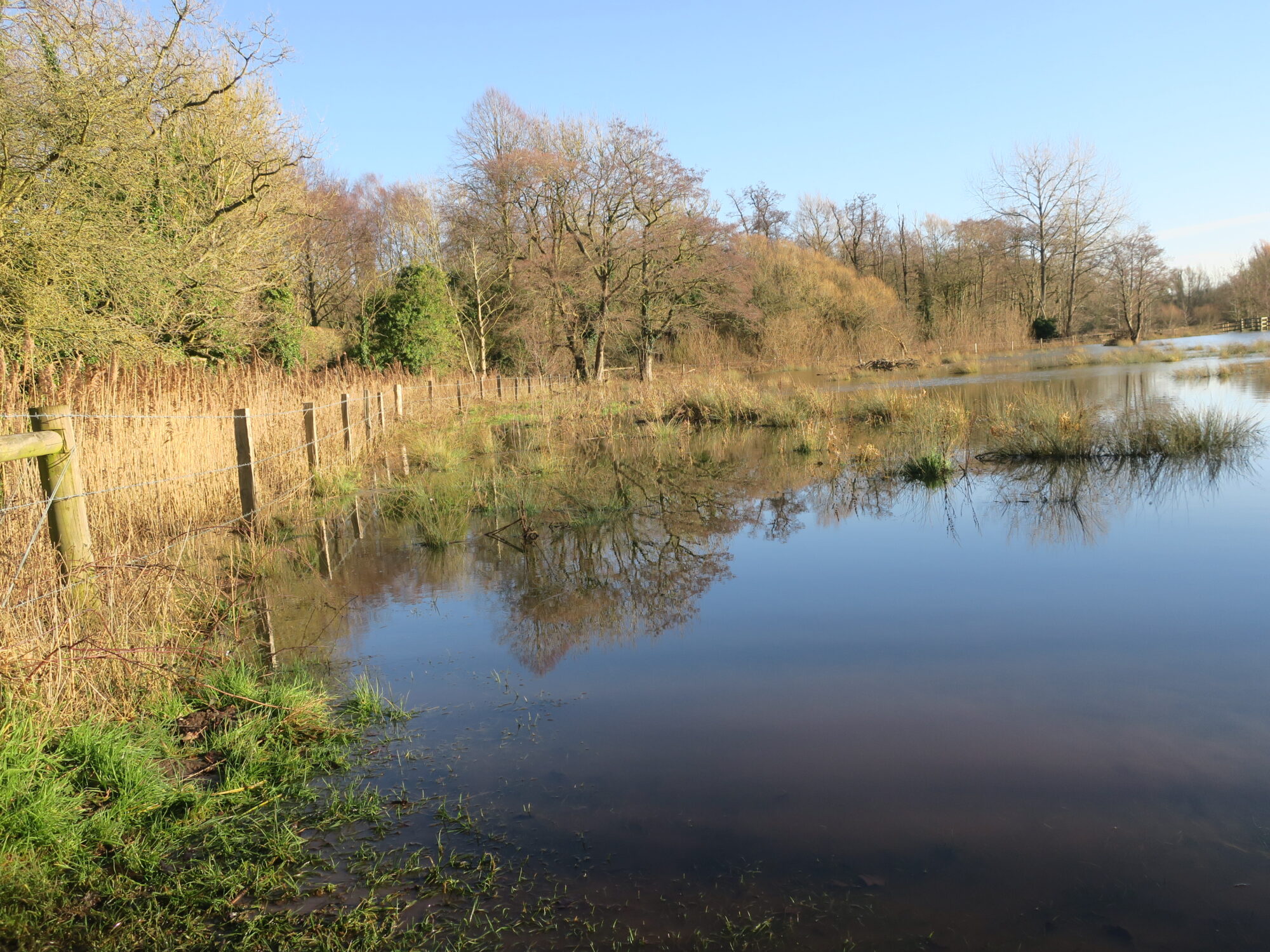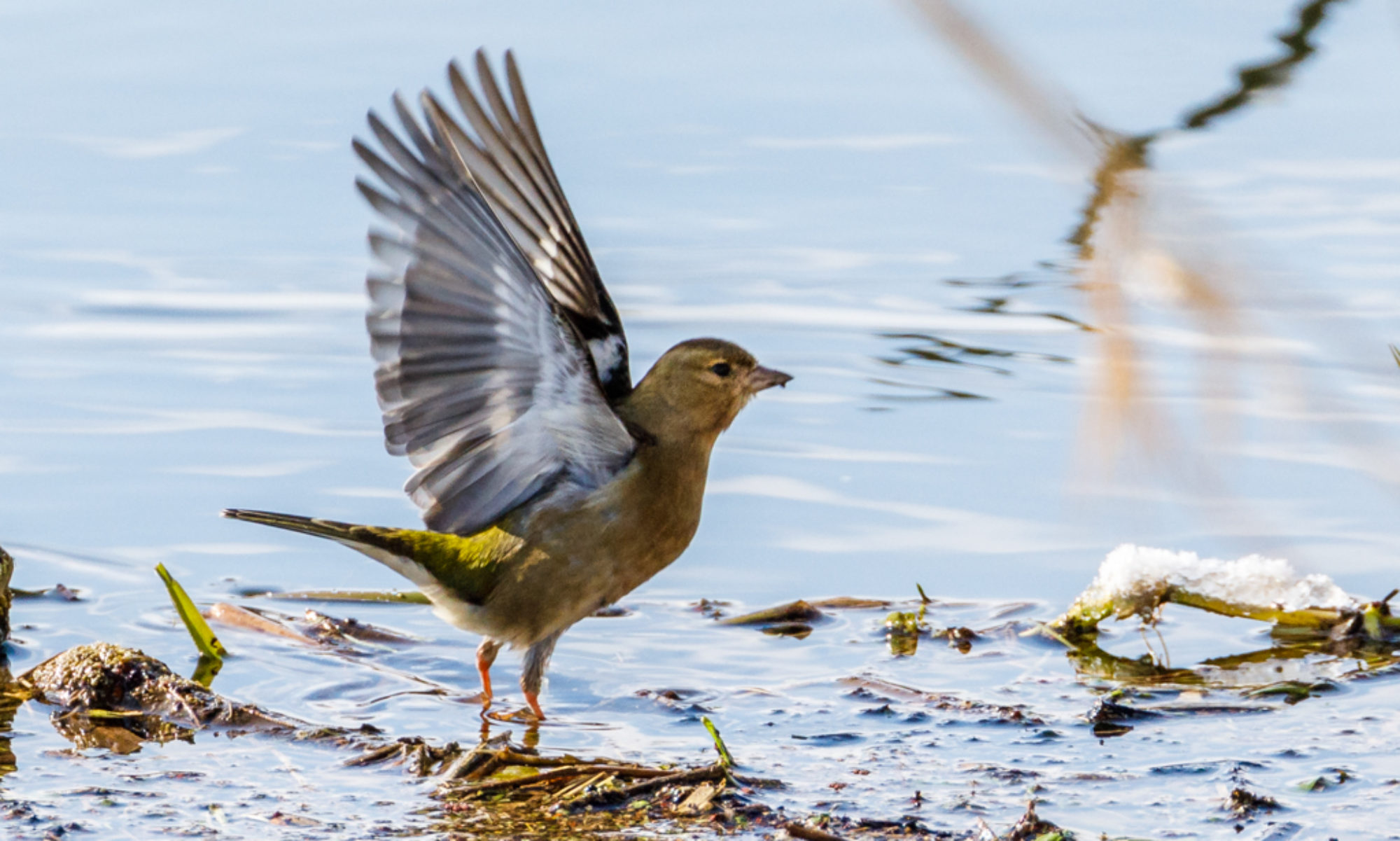Gross Domestic Product (GDP) which is currently used to compare the wealth and growth of national economies is increasing recognised as seriously flawed for this purpose. The blind spot in this measure is that it almost completely ignores the rate at which a nation’s natural resources are being depleted, and its biodiversity is being degraded. The Dasgupta Review, commissioned by the UK Treasury and published today argues, that better economic measures need to be in place to avoid catastrophe for our planet.
You will be relieved to know there is an abridged version of the report as well as the full report. Both are available here.

What are the economic assets of the Yare Valley that might be more highly valued? The present flooding of the Valley shows its ability to store large quantities of water and so reduce flooding and damage downriver. Its vegetation also helps by slowing the rate of water run-off. At all times the Valley is a key wildlife corridor for flora and fauna; and its wetlands act as a carbon sink. To add to all this are the mental and physical health benefits its green space ecosystems confer upon us all (See p 24 of abridged version of review). This should surely add up to a tidy sum.
Covid19 takes up almost all the news space at the moment, and many important issues are not getting the attention they deserve. We all need to make the ideas in this review more widely known, and help to ensure that it is a real milestone on our way to a sustainable future. Safeguarding and extending our green space has economic value!
